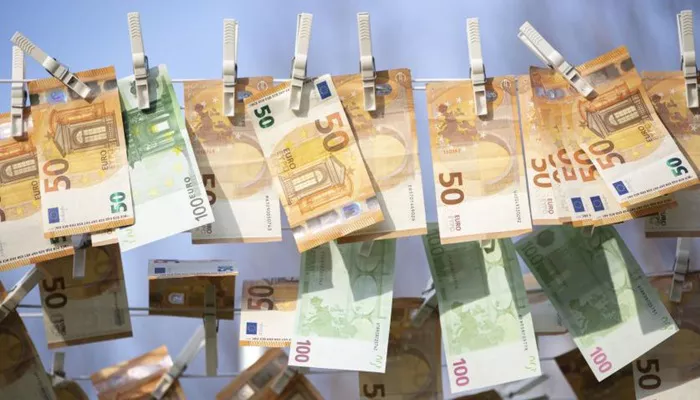Global markets responded differently to the initial actions taken by US President Donald Trump following his inauguration on January 20, 2024.
Gold prices saw a modest increase, trading near $2,720 an ounce, as traders speculated about the implications of potential US tariffs on Mexico and Canada. Trump announced plans to impose tariffs on these countries, possibly up to 25%, which could spark a trade war if enacted. This led to increased demand for gold, seen as a safe-haven asset amid trade tensions. Trump also indicated that a universal tariff on all foreign imports to the US was under consideration but wasn’t yet ready to implement such a measure.
Meanwhile, the US dollar strengthened against most of its Group of 10 counterparts, except for the yen, after Trump revealed his tariff plans for Mexico and Canada. However, the Australian and New Zealand dollars saw gains, reflecting a broad correction in the greenback after Trump refrained from imposing new tariffs on China on his first day in office. This decision triggered a rally in the yuan and other Asian currencies, providing temporary relief to China’s markets.
In China, despite the absence of immediate China-specific tariffs, the CSI300 Index edged lower. The market had initially opened higher but soon returned to flat territory as investors absorbed the potential risks of delayed tariff implementation rather than its outright cancellation. Analysts such as Charu Chanana from Saxo Markets pointed out that while Canada’s and Mexico’s tariffs were now a focus, hopes for continued negotiations with China persisted, potentially supporting Chinese markets.
China’s market sentiment improved as Trump’s policies appeared less severe than expected, with some analysts noting that the more gradual approach to tariffs was seen as a positive sign for China’s assets. Mr. Yuan Yuwei from Water Wisdom Asset Management also expressed a more optimistic outlook, comparing Trump’s policies favorably to those of his predecessor, Joe Biden, who took a more hardline stance against China.
In global equity markets, Hong Kong’s Hang Seng Index saw a rise, and Asia-Pacific shares outside Japan, as measured by MSCI, also posted gains. However, Singapore’s Straits Times Index traded in negative territory, down 0.3% as it opened.
In the bond market, US Treasuries advanced, with the yield on the benchmark 10-year Treasury note falling by 7.1 basis points to 4.54%, reflecting increased demand for safer assets. Meanwhile, the two-year Treasury yield, which often moves with interest rate expectations, dropped by 4.4 basis points to 4.228%. Despite the rally in Treasuries, analysts warned that even a gradual tariff approach could lead to inflationary pressures and potentially result in the Federal Reserve maintaining higher rates for longer. Zachary Griffiths from CreditSights expressed concerns that large tariffs could pose challenges for inflation, putting additional pressure on the Fed’s policy stance.
In the cryptocurrency market, Trump’s new token, $Trump, experienced volatility. After launching on January 20, the token surged to a peak of $74.59, only to fall back to around $35 by January 21, after reaching a market value of over $10 billion earlier in the week.
Related topics:
- India Surpasses China in Gold Purchases, Buying 51% More in Three Months
- Gold Rates Skyrocket in Chennai on Diwali, 24K Gold Exceeds Rs. 81,000 Per 10 Grams
- Alamos Gold Falls Short of Q4 Production Expectations, Updates Future Guidance


